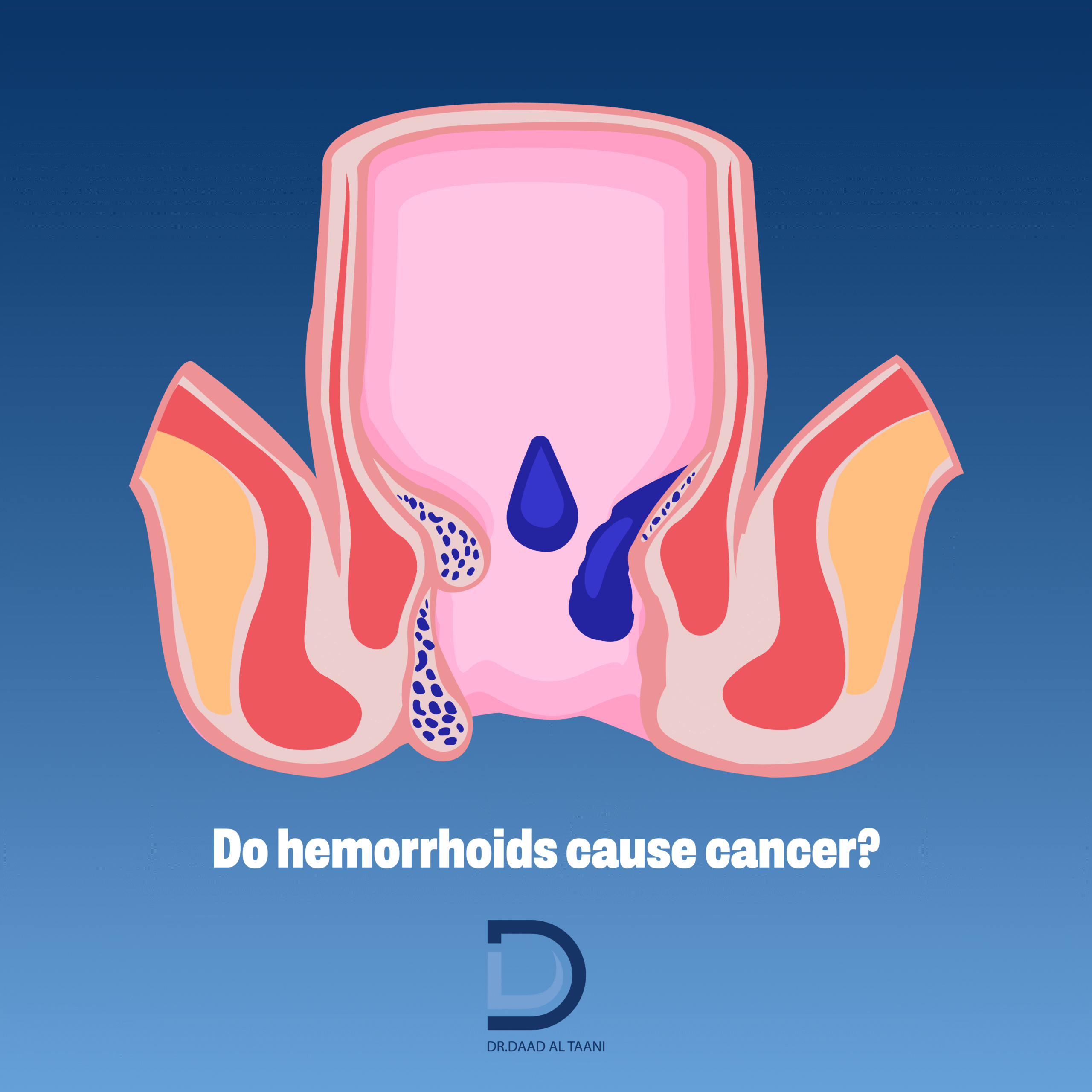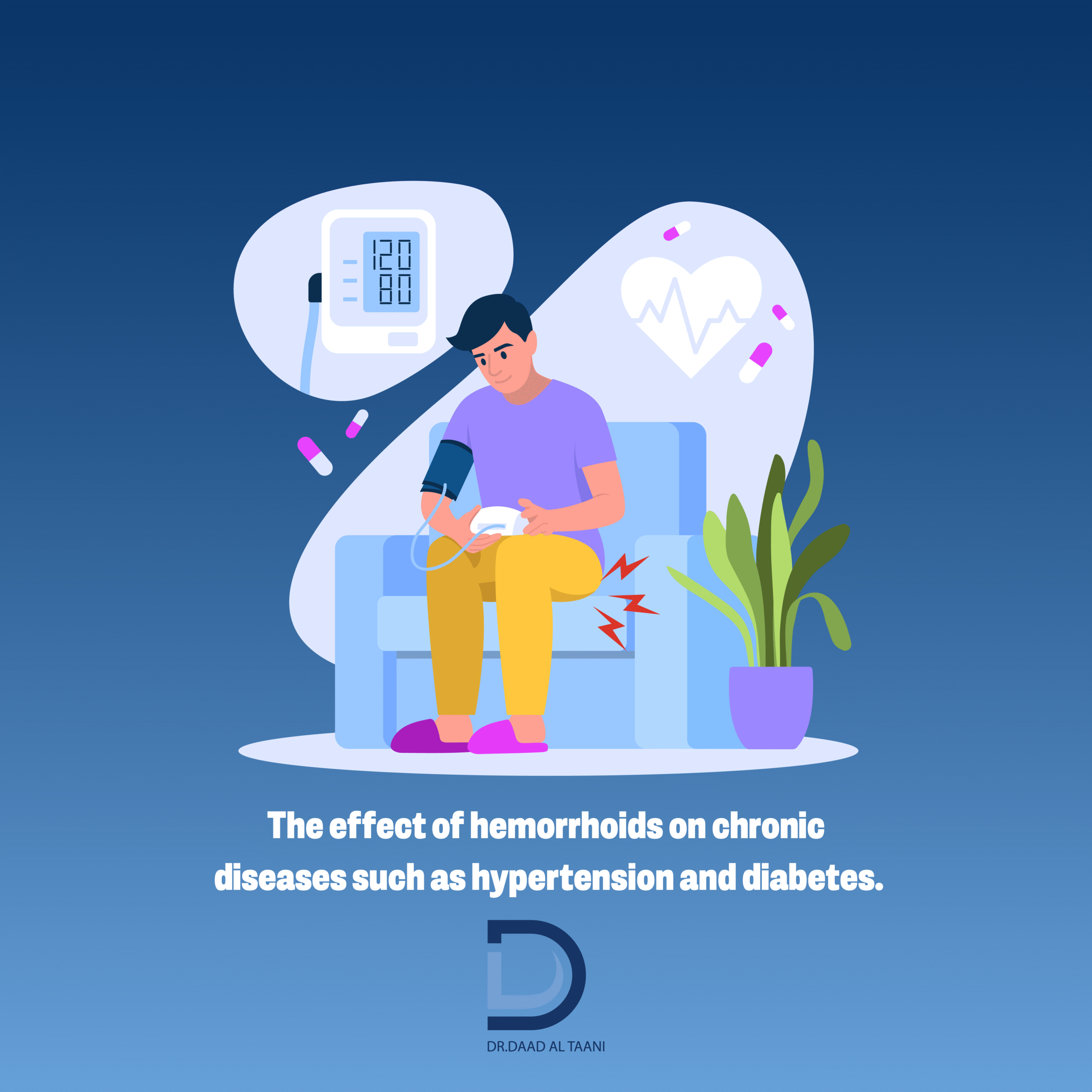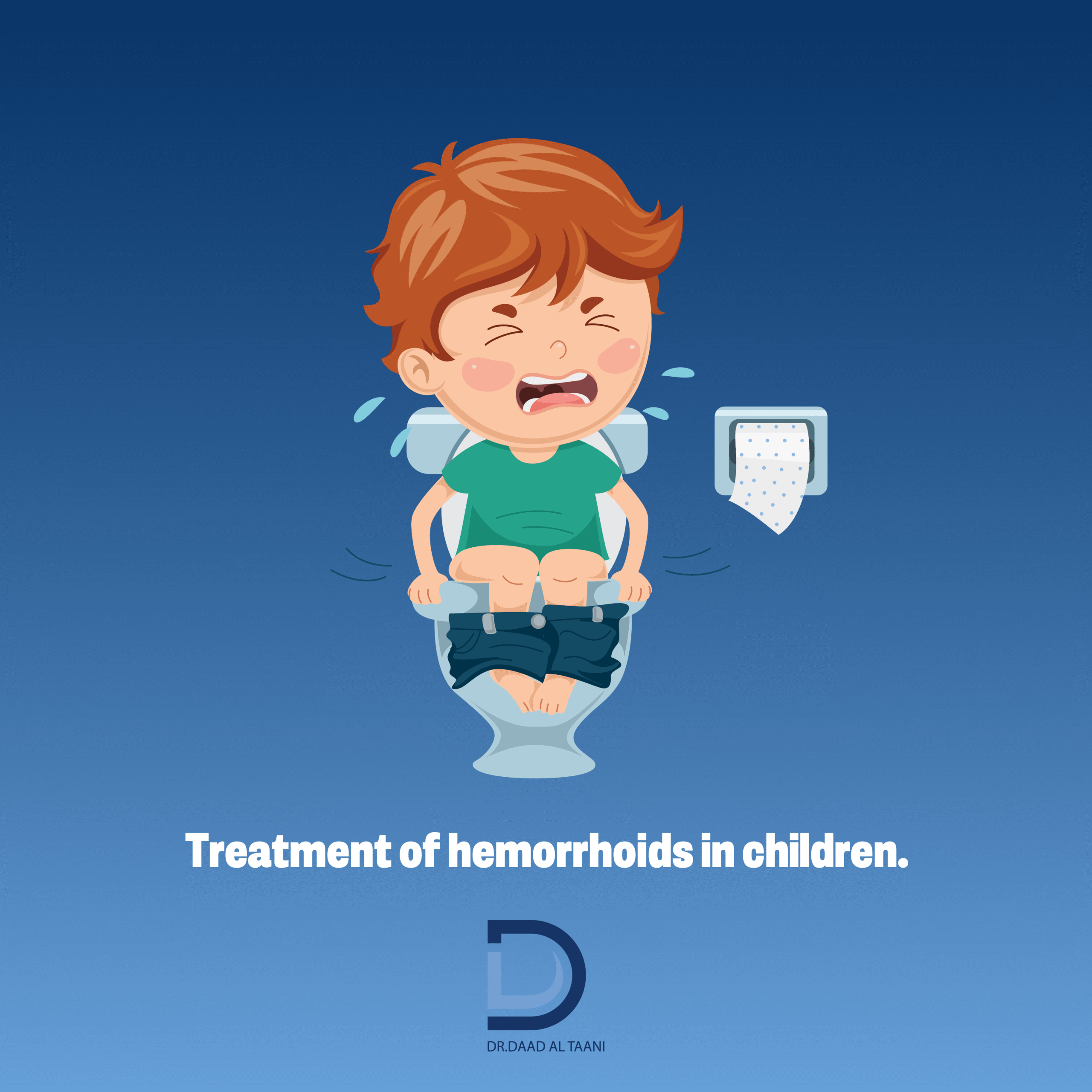Does Natural Childbirth Increase the Risk of Hemorrhoids?
In this article, we explain in detail how natural childbirth can influence the development or worsening of hemorrhoids. Many women experience this issue after giving birth, especially due to prolonged pushing during labor. The pressure caused by vaginal delivery can lead to congestion in the veins surrounding the anus. This congestion may result in the formation of new hemorrhoids or aggravate existing ones.
Pregnant women should understand the connection between pregnancy, childbirth, and the physical changes in the pelvic and rectal area. In this article, we explore whether natural childbirth is a primary cause of hemorrhoids, and what factors make some women more susceptible than others. We will also cover prevention and treatment methods, especially under the care of specialists like Dr. Daad Al-Taani, a well-known expert in anorectal disorders based in Dubai.
What Are Hemorrhoids? Causes, Symptoms, and Complications
Hemorrhoids are swollen veins in the lower rectum or around the anus. They occur when pressure builds up in these veins, causing them to swell and become irritated. Hemorrhoids are classified into two types:
-
Internal hemorrhoids, which are not visible from the outside and often cause minor bleeding
-
External hemorrhoids, which are visible and can cause severe pain and swelling.
Common symptoms include pain during bowel movements, itching, bleeding, and the appearance of painful lumps near the anus.
Hemorrhoids can be caused by several factors, including chronic constipation, frequent diarrhea, prolonged sitting, obesity, and heavy lifting. During pregnancy, the risk increases due to rising pressure on the pelvic and anal veins, especially in the later months. Pushing during delivery significantly adds to this pressure.
Potential complications include anemia from ongoing bleeding, or blood clots forming within the hemorrhoids — known as thrombosed hemorrhoids — which can be extremely painful and may require medical intervention.
Dr. Daad Al-Taani explains that treatment after childbirth depends on the severity of the hemorrhoids. In mild cases, conservative approaches such as pain relievers and stool softeners may be sufficient. For more advanced cases, non-surgical procedures or minor surgical interventions may be needed.
In the following sections of this article, we continue to explore the relationship between natural childbirth and hemorrhoids in depth. We also discuss whether cesarean delivery may be a better option in certain cases and offer effective tips to help prevent worsening of the condition after delivery.
You can visit our YouTube channel to watch exclusive interviews with Dr. Daad Al-Taani, where she discusses this condition and its treatment in detail.








